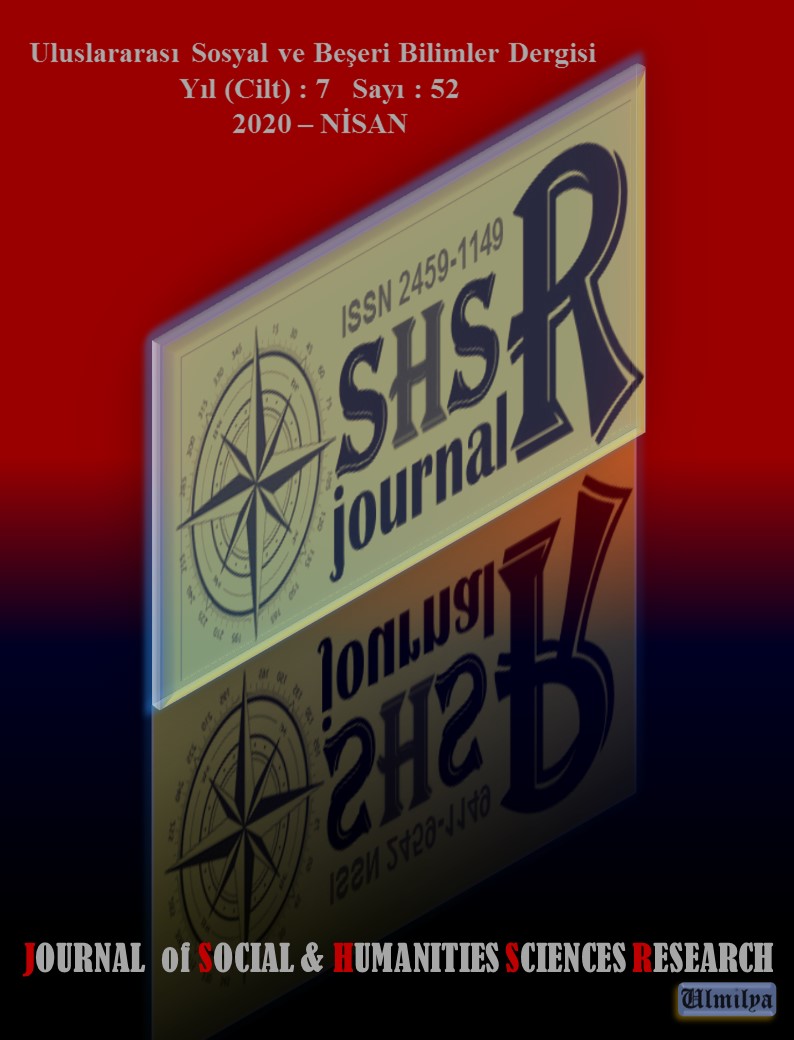CHILDREN'S VIEWS ON THE CONCEPT OF “HAPPINESS” THROUGH ART
DOI:
https://doi.org/10.26450/jshsr.1823Keywords:
Institution of Protection of Children, Children of Ages 4-6, Painting Development, Happiness, ChildAbstract
Painting is an important tool for children’s reflecting their emotions and inner world to their environment. Although they cannot share their emotions such as anger, trust, happiness verbally, they can easily express these through the images they use in their paintings. Happiness is an emotional response and constitutes the basis of a balanced personality in the child. The child grown up with love and trust reflects the love, (s)he gets from his/her environment, again to his/her environment. The child failing to find real love is generally insecure. As a result of these kinds of reasons, the problems the children staying in the Institutions of Protection of Children's face would undoubtedly be different than the ones the children grew up in a healthy family environment face. Interested parents, who can be easily found in a family environment, leave their place to officers and care-takers, who undertake this role, in these institutions. Authorized people and staff in these institutions carry great responsibilities. Even if the staff of the institution will help to try their best, reaching to each child and solving their problems will not be as healthy as it will be in a family environment. Their protection and their needs’ being met are under guarantee in the family environment. These are material and spiritual needs. Children can easily interpret their own feelings and feelings of others, and they are affected by emotional states of the individuals around, especially of the ones valuable for them. Interpreting children’s pictorial expressions, recording their verbal expressions, in the framework of the happiness theme, is one of the methods of the research. The qualitative research method was used in the scope of this research. Model of the research is constituted of “case study”. In addition, “homogeneous sampling” was utilized in determining the sample group. Observations and interviews directed towards the children were made in the data collection process. After the observations and interviews were analyzed through “content analysis”, matrixes and models were formed with Nvivo 8 programme and findings were interpreted. 7 people, from the children of the age group 4-6, were taken into the sample in the research. The concept of “Happiness”, which is tried to be revealed through the paintings of children of ages 4-6, who live in the Institutions of Social Services and Protection of Children, is the topic of the research. After the view of children towards the concept of happiness was introduced by the way of paintings, semi-structured interviews with and observations of children were made. Codes and themes related to the concept of happiness were reached as a result of the data obtained through interviews and observations. Meaningful relations between the codes and themes achieved and the images in children’s paintings were found
Downloads
Published
How to Cite
Issue
Section
License
Copyright (c) 2020 INTERNATIONAL JOURNAL OF SOCIAL HUMANITIES SCIENCES RESEARCH

This work is licensed under a Creative Commons Attribution 4.0 International License.


